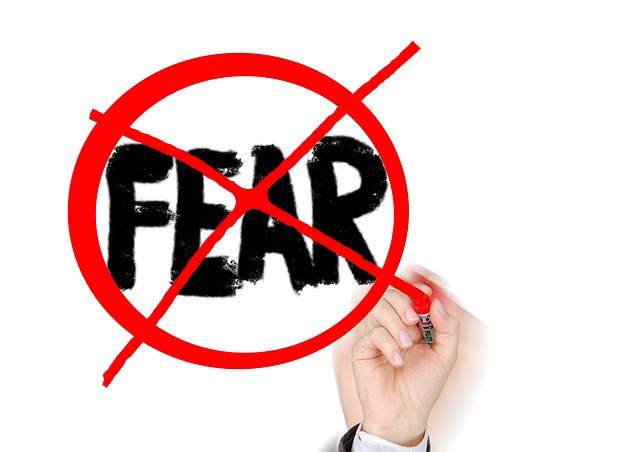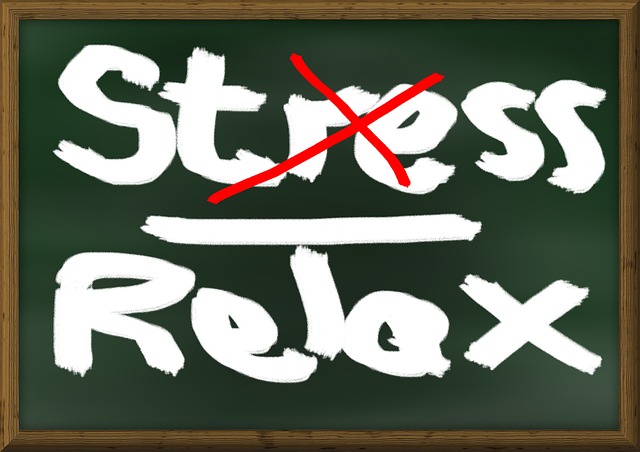
We’re pleased to be able to bring you an article by Terry Hyde, psychotherapist and counselor. He is well known in the UK / EU, as a former Royal Ballet dancer who went into the psychology field after retiring from performing. I met him several years ago, through IADMS, and realized his knowledge and insights could be valuable to our readers at 4dancers.org. Please pass it on!
Take care, Jan Dunn, Editor, Dance Wellness
by Terry Hyde MA MBACP, Psychotherapist/counsellor
The power of the human mind is extraordinary – look around for a moment and notice that almost every single thing you can see was once just a thought that someone had. The place you live in, clothes you wear, music you dance to, even the food you eat. They’ve all emerged from a thought or an idea. However, without being able to actually bring these thoughts to life in the physical world, what use would any of them be? Thoughts become things.
Dancers and Mental Health
The power of the mind also enables people to achieve incredible feats of skill and endurance – from running the first four-minute mile, to dancing a technically and physically demanding solo like the Sugar Plum Fairy. Everyone who has excelled has found ways to drive themselves to greater levels of physical achievement. This always starts with a person believing that these things are possible. In every case, we need our physical bodies to carry out the feats that we are inspired to imagine.
As a dancer taking care of your body and mind, mental health is easily overlooked as you focus on perfecting your abilities as a performer. As someone who’s chosen to devote their life to dance, you will have learned many skills and developed great self-discipline to maintain the demanding regime necessary to succeed.
This demonstrates great strength of mind – but unfortunately, your mind can sometimes get in the way of achieving your goals. For example, if you struggle with fear and anxiety, this will hinder your progress towards your goal.
The Stress Response
As a dancer, your body is your artistic instrument – like a great painter’s brush or Mozart’s violin, with one vital difference:
The medium through which you express yourself is a complex, dynamic ever-changing, conscious living organism, controlled by both your brain but also your body – which responds to your thoughts by creating and responding to emotions. Think for a moment when you have felt afraid – the sensations of fear are powerful, physical responses to the stress hormones that your body releases in times of danger.
The sympathetic nervous system’s “fight, flight, or freeze” responses are linked with our most ancient feelings; essential for our very survival. Fortunately, we don’t live in an environment where predators are likely to eat us – but if you have ever been really frightened, you’ll know that the emotion is an extremely powerful physical sensation. You may have experienced it yourself in the form of “stage-fright”, or exam nerves when your heart races, your palms sweat, and your mind goes blank.
At these times your body has actually taken over from your conscious mind, as it processes what it needs to do to ensure that you respond in the best way that will ensure your survival. If you are just about to go on stage, freezing or running away might not be the best reaction – and this is when being able to manage your emotional responses becomes a very useful skill.

Compare the sensations called “fear” and “excitement”, and you’ll discover they’re almost identical. Your heart rate increases, your pupils dilate, you become more alert and very focused in the present moment. Just try thinking back to a time when you were feeling very excited about something, like a roller-coaster ride, or on Christmas eve. Do this, and you will start to see that the only real difference is the name we give the feeling we are experiencing.
By changing your internal description of the sensation you’re feeling from fear to excitement, it is possible to change how you view a situation in just a few moments – and that can make all the difference between freezing and excelling.
This is known as “re-framing”, and it is a powerful skill, that can help you literally “change your mind” in a moment, and see something in a completely different way.
How to Re-frame a Situation
One of the most important principles of this technique is to make sure that your re-framing feels like the absolute truth to you. It is even more effective if the new thought makes you laugh!
For example, when you are experiencing the sensation of FEAR it can be looked at as one of two things, either:
“Forget Everything And Run” or
“False Evidence Appearing Real”
If your life really is in danger, then the first one is the truth and you can respond by running away. However, in most situations where we experience fear, the second definition is often true. In this case, it is important to be able to take a moment and recognise the sensations you are feeling, perhaps by taking a deep breath and then giving a name to what you are experiencing.
The next step is to ask yourself what it is that you are afraid of? Is it rejection, performing a certain technique badly, or perhaps even worse – forgetting your steps?

At this point ask what will happen if things don’t work out the way you want on this occasion. You might not be cast in a role you are auditioning for—but remind yourself that there were probably numerous other people who auditioned, but also didn’t get the role—because they (and you) didn’t fit the AD’s specific requirements. Remind yourself that there are other, better roles waiting out there for you.
If you are struggling with a certain jump or pirouette, think about how many other steps or techniques you can already do really well, or even better than other dancers. Focus on the feelings of satisfaction that you experienced when you first mastered them, and imagine yourself feeling the same sense of achievement when you do this new jump or technique really well. If you are afraid that you will forget your steps, think about all the other performers who have forgotten their steps – I’m guessing you can name at least one!
Sometimes a “mistake” becomes the inspiration for something new and innovative:
In a recent programme during the rehearsals of the Royal Ballet’s “Nutcracker,” one of the dancers rehearsing the Chinese Dance fell over and performed a backwards roll in the splits to recover. The move came from an apparent “mistake,” but was so original that the choreographer incorporated it into the ballet.
Re-framing can seem like a magic trick, but it can be used in as many ways as you can think of. Use it as much as possible, and learn to re-frame the way you talk to yourself, changing “I’m not good enough” to “I’m definitely getting better, or “this is so difficult” to “this is a really exciting challenge” – and see how things change for you. Most importantly, make the process fun, be creative and enjoy finding new ways to change your mind–and become the best performer you can be.
Terry Hyde MA MBACP, Psychotherapist/counsellor
Terry started dancing at age 6, won a 5-year scholarship to the RAD, afterwards attending the Royal Ballet Upper School, joining the Royal Ballet at age 18. He then joined London’s Festival Ballet (now ENB) as a soloist, performed in musicals in London’s West End, in Film, and on TV.
On retiring from performing, Terry set up a Business Manager for people in show business. On selling the business 15 years later, he retrained as a psychotherapist attaining a Masters Degree in Psychotherapy & Healing Practice validated by Middlesex University in 2012.
Terry combined his two passions, dance and psychotherapy, when he set up www.counsellingfordancers.com in 2017. He wanted to help dancers with their emotional and mental health issues. Having had a career as a dancer, Terry has a great understanding of the needs of dancers’ mental health issues. Terry presents interactive Mental Health Self-Care Workshops for Dancers. These proactive workshops are to help support dancers’ mental wellbeing teaching them resilience and how to be mentally fit and emotionally strong.
One to one therapy sessions can be via Skype, phone or face to face at one of his practices on the south coast (UK).




